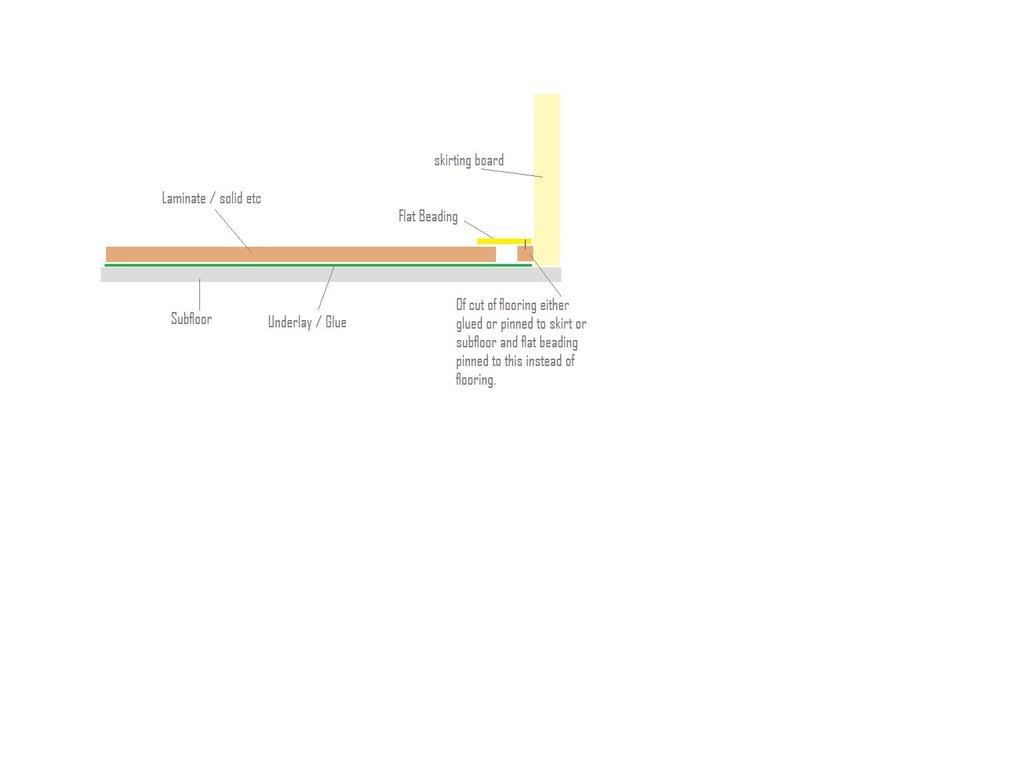Hi all,
Having quite successfully finished my Decking project thanks to some great advice on Diynot I only thought it wise to get some info on laminate.
Right, Im alright with wood but am a laminate virgin, I understand the concept of click laminate the process to put it down etc, its the edges.
Some sites say to put a 5mm cork expansion gap around the edges and push the laminate up against it. Which confused me as if the laminate is up against cork which is up against wall where is the seasonall room for expansion? unless the cork has some give? confused.com there.
Some sites say to leave the 5mm gap by use of the gappy spacers (forgot technical term) all round then remove and cover gap with edging. Sounds cool but wouldnt the laminate move as its not fixed to floor? or am i thinking too much into it?
If someone could educate me It would be much appreciated.
Cheers
Wallicio
Having quite successfully finished my Decking project thanks to some great advice on Diynot I only thought it wise to get some info on laminate.
Right, Im alright with wood but am a laminate virgin, I understand the concept of click laminate the process to put it down etc, its the edges.
Some sites say to put a 5mm cork expansion gap around the edges and push the laminate up against it. Which confused me as if the laminate is up against cork which is up against wall where is the seasonall room for expansion? unless the cork has some give? confused.com there.
Some sites say to leave the 5mm gap by use of the gappy spacers (forgot technical term) all round then remove and cover gap with edging. Sounds cool but wouldnt the laminate move as its not fixed to floor? or am i thinking too much into it?
If someone could educate me It would be much appreciated.
Cheers
Wallicio



